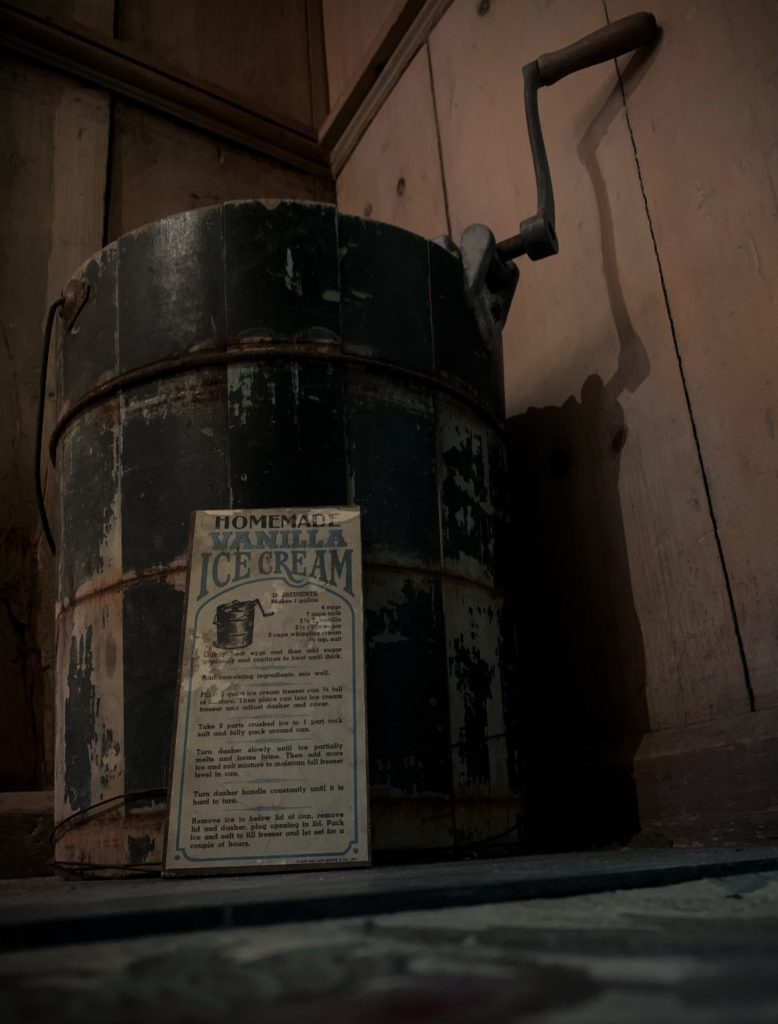Written by Delia Oltean –
“Servants, fetch some snow from the mountain. Bring honey and fruit juice!”
A legend says that the Roman Emperor Nero, who lived from 37 to 68 AD, sent his servants to fetch ice from the mountain tops to be sprinkled with a sweetening element, thus creating an early version of the ice cream known to all today.
However, the first known appearance of this tempting dessert does not date back to the time of Emperor Nero. In China, nearly 2000 years ago, sorbet was created by mixing fruit juice or wine with snow and saltpetre (also called potassium nitrate to lower the freezing point of water).
Initially made of ice, ice cream had to wait until the greed of Catherine de Medici and the inventiveness of her chefs to find cream as a substantial ingredient. It seems then that ice cream takes more and more popularity during the sixteenth and seventeenth centuries among the wealthier classes (Neyrat. 2017).
It was at the turn of the 1700s that the frozen dessert appeared in the United States, provoking a huge craze in its favour, as can be seen in the first milk bars (around 1800), peddlers (around 1820) or ice cream cutting inventions (Barriault. 2002. p. 16). Quite visible in the kitchen of the Maison Hurtubise, an ice cream maker reminds us that this invention was created in 1846 by the American Nancy Johnson. Consisting of a watertight bucket used to hold ice and salt, the ice cream maker has a metal container in the middle to hold the cream or sorbet (L’histoire de la sorbetière : entre tradition et innovation. 2020). A crank turns the container and after about thirty minutes, the desired result appears!
In Quebec, it was not until the 20th century that this dessert became popular, as the rather small-scale machinery reduced the quantity of ice cream produced, thus inflating the price of the dessert (Barriault. p. 17). With industrialization and new ways of speeding up the ice cream making process in factories, more affordable prices allowed the less affluent population to access it more frequently. It is interesting to note that struggles for mandatory pasteurization of milk led to clear standards for ice cream in the so-called Adulteration Act of 1910.
In Quebec, the 1950s marked the end of the association of ice cream as a luxury food when the government removed its tax on it.
Sources:
- Neyrat, P. (22 juin 2017). Glaces et sorbets : l’histoire d’une fraîcheur millénaire. Académie du goût. https://www.academiedugout.fr/articles/glaces-et-sorbets-lhistoire-dune-fraicheur-millenaire_3246
- L’histoire de la sorbetière : entre tradition et innovation. (24 juillet 2020). Hubert Cloix. https://www.hubertcloix.com/lhistoire-de-la-sorbetiere-entre-tradition-et-innovation/
- Barriault, F. (2002). Quel délice ! La crème glacée ! Cap-aux-Diamants. Cap-aux-Diamants,(71).16-17.https://www.erudit.org/fr/revues/cd/2002-n71-cd1044845/7479ac.pdf

